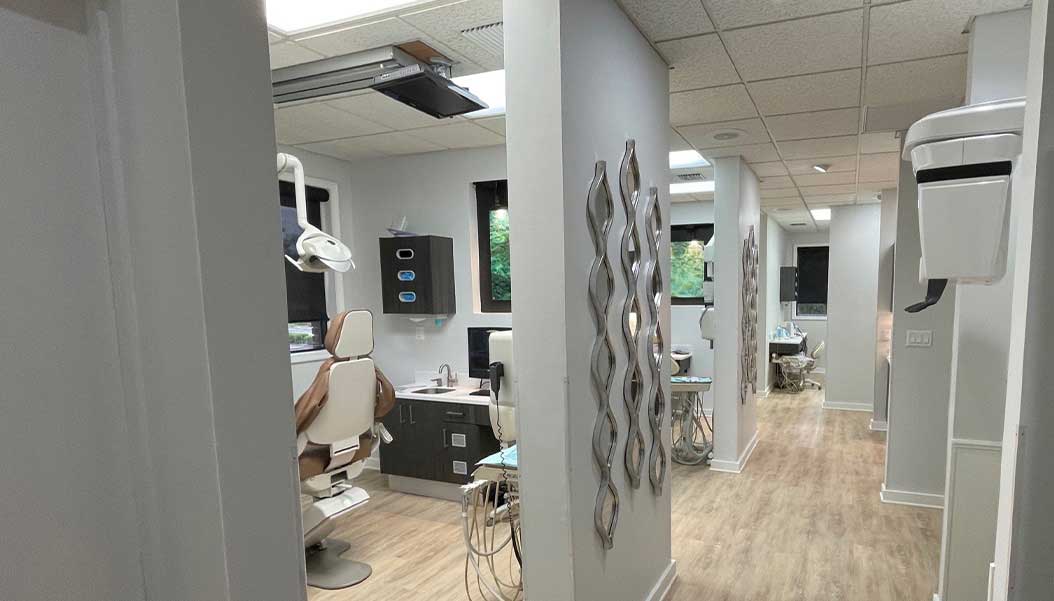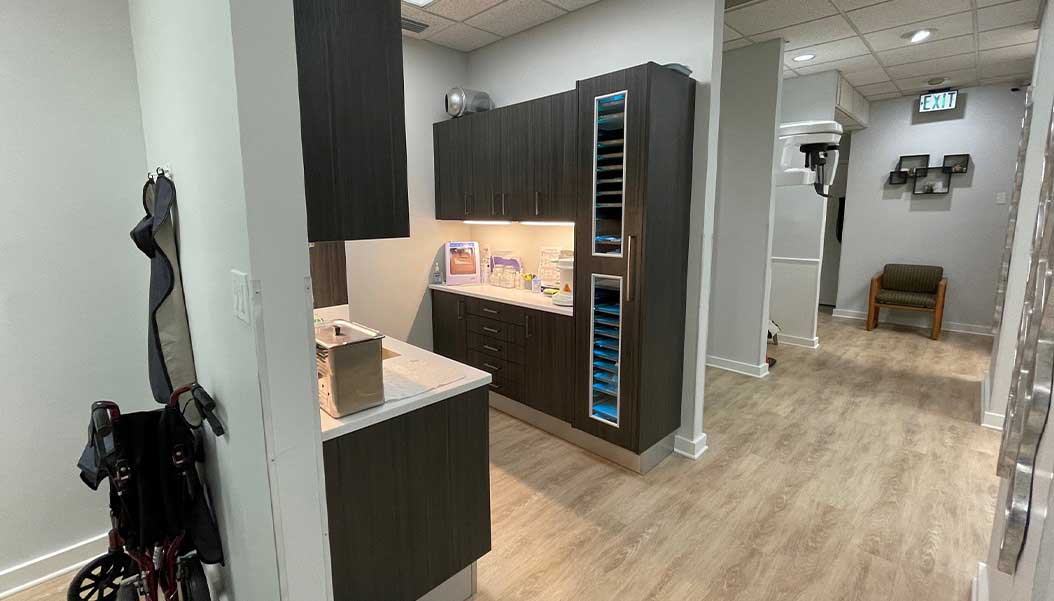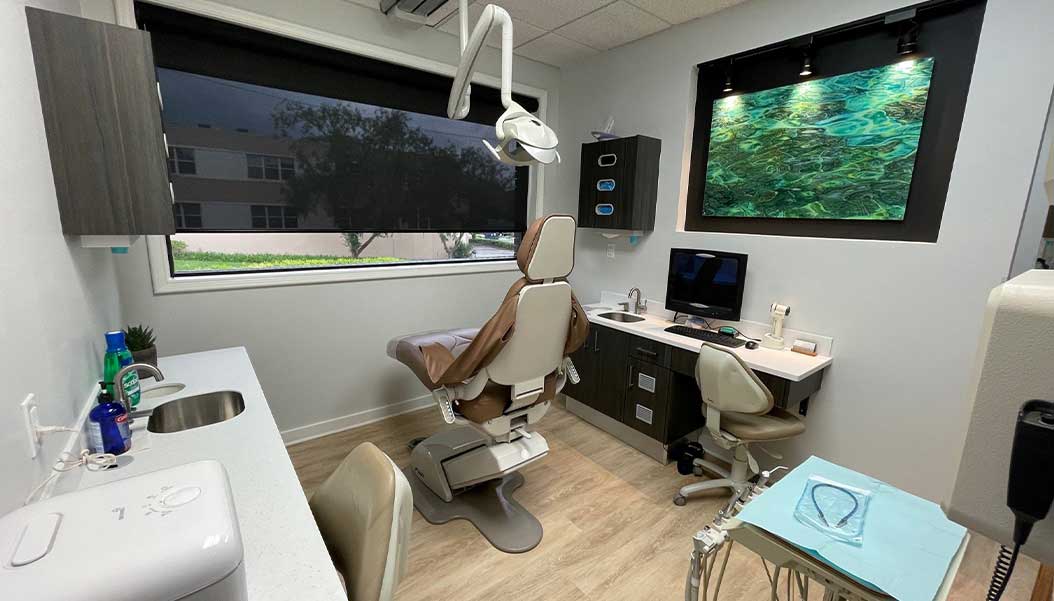Fill in the Missing Gaps in Your Smile
If you’ve suffered from tooth loss, you know just how difficult it can be to complete daily tasks, like chewing your food, speaking clearly, and smiling with confidence. Fortunately, there are a variety of tooth replacement options out there to fill in the missing gaps in your smile. Dr. John E. Russo offers customized dental bridges to restore the appearance and function of your smile. To learn more and find out if a dental bridge in Orlando is the right solution for you, give us a call to schedule a consultation.
WHY CHOOSE JOHN E. RUSSO, DMD FOR DENTAL BRIDGES?

High-Quality, Durable Dental Materials

Advanced “no goo” digital impressions using iTero

Our team will assist you to file for dental insurance

What is a Dental Bridge?
A dental bridge is a restoration that’s used to replace one or several consecutive missing teeth. Typically, this is anywhere from one to four teeth in a row. The bridge is comprised of two crowns and a number of replacement teeth known as “pontics.” The crowns will be anchored onto your adjacent teeth or dental implants depending on the type of bridge that you end up getting. This restoration can be made from a variety of durable, natural-looking materials.
Types of Dental Bridges
The style of bridge that you get depends on the location and number of missing teeth you have. Here are the two different available options:
Traditional Bridge
For patients who still have healthy teeth on either side of the gap that needs to be filled in, a traditional bridge is often the ideal option. The teeth that support the dental crowns are known as “abutment teeth,” and they will be altered slightly so the bridge fits comfortably in your mouth. This type of restoration can be placed in just a few visits to the dental office and is typically the more affordable type of bridge.
Implant Bridge
If you don’t have healthy adjacent teeth, surgically implanted metal posts, also known as dental implants, can provide an alternative. Dental implants can be used when there are three or more missing teeth in a row. Implant bridges last longer than traditional bridges on average, and they help to prevent bone loss over time as a result of tooth loss.


The Benefits of Dental Bridges
Here are some of the numerous benefits that you can experience when you choose a dental bridge to replace your missing tooth:
- Prevents surrounding teeth from shifting out of place
- Improves overall confidence and self-esteem
- Allows for thorough chewing
- Improves speech articulation
- Lowers risk of oral health issues
- Cost-effective tooth replacement option
Dental Bridges FAQs
Dental bridges are an excellent option for replacing missing teeth, but you may still have some unanswered questions about the restoration, so we’re here to help! Here are the answers to some of the most common questions we receive about dental bridges in Orlando. If you don’t see the information that you’ve been looking for below, don’t worry. Give us a call, and we’d be happy to walk you through the process and get you started with an initial consultation.

Can You Take a Dental Bridge Out?
Dental bridges are designed to remain in your mouth for many years after being placed. You shouldn’t be able to take them out without the help of a dental professional. Some healthcare providers may refer to partial dentures as “removable bridges,” but this isn’t entirely accurate. Partials are similar to bridges, but one of the key differences is that partials can be removed by the patient at any time, while bridges remain fixed in the mouth.
Is Getting a Dental Bridge Painful?
Before preparing your teeth to support a bridge, Dr. Russo will numb the teeth that he will be working on. While the procedure itself should be painless, you may experience some sensitivity for a few days afterward. Fortunately, this should be mind and temporary and can be managed with over-the-counter pain relievers. If discomfort worsens, give us a call. Because bridges keep your remaining teeth from drifting out of place, they can actually prevent you from experiencing discomfort later on caused by dental drift. If you are opting for an implant bridge, there will likely be some soreness after your dental implant placement surgery, but you’ll be provided with aftercare instructions to help.
How Many Teeth Can a Dental Bridge Replace?
Depending on the patient’s needs, a dental bridge can replace anywhere from one to four teeth in a row. However, in most cases, bridges are used to replace only one or two teeth. The longer the bridge extends, the less stable it may become, so it may become risky to have a bridge replace three or more teeth. Implant bridges can lower this risk, as implants are just as strong and secure as natural teeth.
Do Dental Bridges Look Natural?
Metal-free bridges are made from materials that can be color-matched to your other teeth. These materials look remarkably like tooth enamel, even in the way that light bounces off of them. Once placed, your bridge should blend in with the rest of your smile quite well. You don’t need to worry about your bridge shifting around or falling out either, as it is fixed into the mouth!











